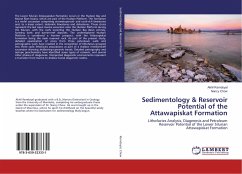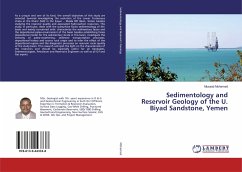The Lower Silurian Attawapiskat Formation occurs in the Hudson Bay and Moose River basins, which are part of the Hudson Platform. The formation is a reefal succession comprising stromatoporoid- and coral-rich limestones and, to a lesser extent, dolomitic limestones and dolostones. These strata represent the last open-marine excursion onto the Hudson Platform during the Silurian, with the reefs encircling the Hudson Bay Basin entirely, forming bank and barrier-reef deposits. The underexplored Hudson Platform is considered a frontier prospect, with the Attawapiskat Formation being the main reservoir rock. As part of the present study, detailed examination of cores from three petroleum wells and petrographic work have resulted in the recognition of lithofacies grouped into three cyclic lithofacies associations as part of a shallow rimmed-shelf succession showing shallowing-upwards trends. Detailed petrography and isotope geochemistry have identified seven types of cements, and several other phases of diagenesis. Interpreted diagenetic environments represent a transition from marine to shallow burial diagenetic realms.







![Report of Exploration of the Glacial Lake Agassiz in Manitoba [microform] Report of Exploration of the Glacial Lake Agassiz in Manitoba [microform]](https://bilder.buecher.de/produkte/65/65533/65533486m.jpg)
